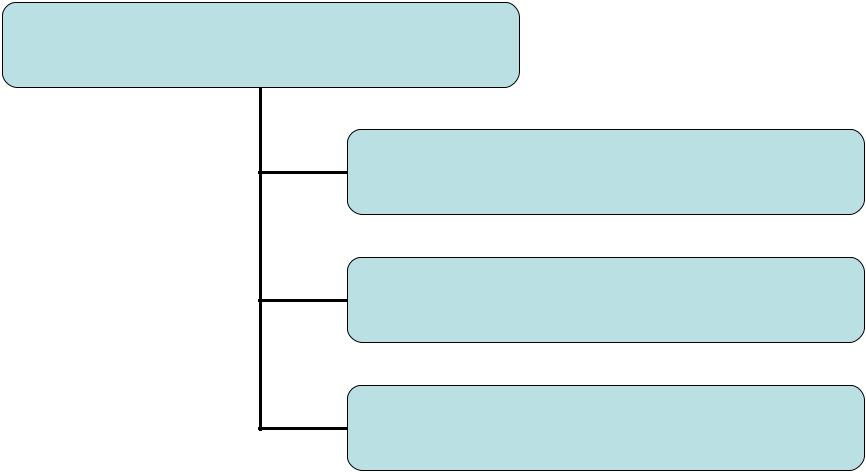
- •Lecture 10
- •Contents
- •Isomorphic groups of subordinate clauses in E.&U.
- •Subject clauses
- •Allomorphism
- •Predicative clauses
- •Allomorphism
- •Allomorphism
- •Isomorphism
- •Object clauses
- ••Allomorphism is observed in the nature and
- ••English object clauses, however, are more often introduced asyndetically. To mark this way
- •Isomorphism
- •Alomorphism
- •Isomorphic features of E.&U. attributive clauses
- •Isomorphism
- •Isomorphic groups
- ••Appositive clauses are joined to an antecedent noun
- ••Restrictive attributive clauses in English and Ukrainian are very closely connected with the
- ••Descriptive attributive clauses give some additional information about the antecedent. Due to this
•Allomorphism is observed in the nature and
structure of some Ukrainian connectors among which there is the particle чи corresponding to the English conjunctions whether and if:
"I wonder whether he already knew the contents of my telegram." (Greene) – "Мене цікавить, чи він уже знав тоді зміст моєї телеграми."
•English object clauses, however, are more often introduced asyndetically. To mark this way of connection the semicolon, a comma, or a dash is used in Ukrainian instead of the conjunction "що":
I realised he wanted to talk. (F. Hardy) – Я зрозумів: йому хотілося побалакати.
Lena said she would rest. (Maugham) – Ліна казала – вона спочиватиме.
Isomorphism
•The use of homogeneous object clauses to a matrix clause:
"You know I'm not a beautiful woman, I'm not even a very pretty one." (Maugham) – "Знаєте, я зовсім не красуня, мене навіть гарненькою не назвеш."
Alomorphism
•In object clauses which present the
indirect speech in English the phenomenon of sequence of tenses is widely spread. In Ukrainian this phenomenon is absent.
Isomorphic features of E.&U. attributive clauses
•1) they always follow the antecedent noun, pronoun or numeral which they modify/ specify;
•2) they may sometimes be substituted for the corresponding participial constructions performing an attributive function;
•3) They may often be joined to the English antecedent asyndetically:
He could be somebody who could play the piano. (Saroyan) – He could be somebody playing the piano.
Isomorphism
•Attributive clauses can be joined to the
antecedent of the matrix clause by means of conjunctions that, as if/as though, whether (що, мов, ніби);
•Attributive clauses are much more often joined
to the matrix clause by means of relative pronouns and relative adverbs (who, whose, what, which, that, when, whence, where, how — хто, кого, ким, який, що, де, коли, звідки, куди, чому).

Isomorphic groups
of attributive clauses in E.&U.
Attributive clauses
Appositive clauses
Restrictive attributive clauses
Descriptive attributive clauses
•Appositive clauses are joined to an antecedent noun
having a most general abstract meaning or to a pronoun (mostly indefinite) with the help of a relative pronoun or pronominal adverb:
This was the time when they looked now. (O'Dell) – І от настав час, коли очі вже бачили.
Also it seemed to be connected with something which required concealment. (Dreiser) – Здавалося також, що це було пов'язане з чимось, що треба було приховувати.
•Restrictive attributive clauses in English and Ukrainian are very closely connected with the antecedent which is determined or identified/ particularised by the subordinate clause without which the matrix clause is incomplete. When the subordinate sentence is removed the meaning of the principal clause becomes blurred, unclear:
There was a legend among the people that the island had once been covered with tall trees. (O'Dell) – Між людьми ходила легенда, що острів колись був покритий високими деревами.
•Descriptive attributive clauses give some additional information about the antecedent. Due to this the clauses in both contrasted languages may be omitted without affecting the semantic completeness of the sentence:
...his eyes were fixed upon the princess, who sat to the right of his father. (Stockton) – ...його очі не відривалися від принцеси, яка сиділа праворуч від батька-короля.
•The connective word of sentences of such a type can be easily replaced by the coordinating conjunction and the pronoun:
In the street I met some children, who (=and they) showed me the way to the station. – На вулиці я зустрів дітей,
які (=і вони) показали мені дорогу на станцію.
